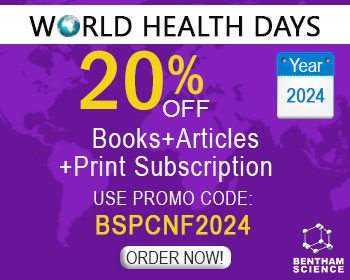Abstract
The plasminogen activating enzyme system has been exploited and harnessed for therapeutic, mainly thrombolytic benefit for many years. While plasminogen activator-based thrombolysis turned out to be a resounding success, it has become apparent that the “plasminogen activating system” per se is not only designed to simply remove fibrin and some other matrix proteins. Indeed, the plasminogen activators and the plasminogen activator inhibitors have important effects on cell signalling through both proteolytic and non-proteolytic means and can promote unwanted side effects, particularly in the brain. Tissue type plasminogen activator (t-PA) was heralded as a fibrin-selective plasminogen activator and subjected to clinical development in the early 1980's initially for the treatment of patients with myocardial infarction. t-PA was given FDA approval in the mid 1990's for use in ischaemic stroke patients, but it could only be administered within a short 3h window post- stroke as later use was associated with an increased risk of intracerebral haemorrhage. Hence only a small percentage of these patients were eligible for thrombolysis to restore blood flow to the brain. Since t-PA-mediated plasmin generation is not only impacting on the cerebral blood clot, extending the therapeutic time window for thrombolysis is not a simple task. The ultimate success will depend on how well the future generation of thrombolytic agents promote efficacious removal of a fibrin clot without promoting collateral damage particularly in the brain.
Keywords: Fibrinolysis, neurotoxicity, plasminogen activation, proteolysis, stroke, thrombolysis, urokinase, TAFI, t-PA, blood brain barrier

























